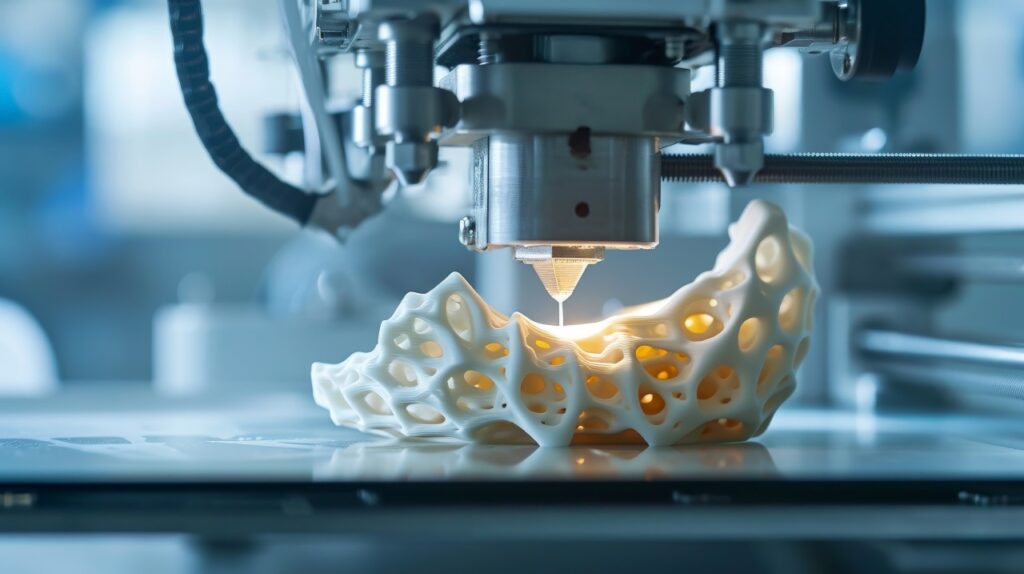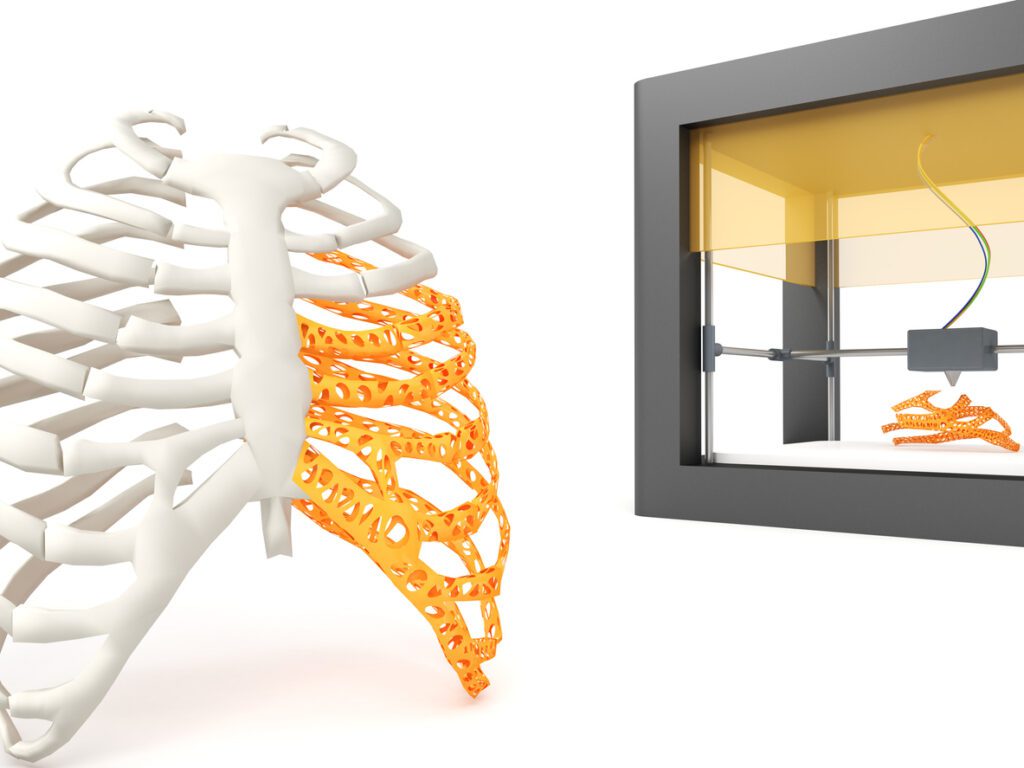Orthopedic surgery has seen remarkable advancements in recent years, thanks to the innovative technology of 3D printing. This technology holds immense potential for revolutionizing the field of orthopedics by providing customized implants and surgical models tailored to individual patients. In this article, we’ll explore the exciting future of 3D printing in orthopedics and its implications for patient care.
Introduction to 3D Printing in Orthopedics
The emergence of 3D printing, also known as additive manufacturing, has brought about transformative changes in various industries, including healthcare. In orthopedic surgery, 3D printing enables the creation of patient-specific implants and surgical guides with unprecedented precision and customization.

Exploring the Future of 3D Printing in Orthopedics
Advancements in Surgery
One of the most significant contributions of 3D printing to orthopedic surgery is its ability to produce personalized implants. Traditional implants may not always perfectly match the patient’s anatomy, leading to potential complications. However, with 3D printing, implants can be precisely designed based on medical imaging data, ensuring a perfect fit and optimal functionality.
Customized Solutions
3D printing allows orthopedic surgeons to design and fabricate implants that are tailored to each patient’s unique anatomy. This customization minimizes the risk of implant rejection and improves patient outcomes. Moreover, customized implants can address complex orthopedic challenges that may be difficult to tackle with off-the-shelf devices.

Surgical Planning and Training
In addition to customized implants, 3D printing facilitates the creation of surgical models and guides that aid in preoperative planning and intraoperative navigation. Surgeons can use 3D-printed models to simulate procedures, anticipate challenges, and develop effective surgical strategies. This enhanced planning leads to more precise surgeries and better patient outcomes.
Patient-Specific Rehabilitation
Beyond surgery, 3D printing is also being used to develop personalized rehabilitation devices, such as orthotic braces and prosthetic limbs. These devices can be optimized to match the patient’s biomechanics and lifestyle, improving comfort and functionality. Furthermore, 3D printing allows for rapid prototyping and iterative design, ensuring that the final product meets the patient’s needs.
The Benefits of 3D Printing in Orthopedic Surgery
Precision and Accuracy
3D printing enables the creation of highly precise and accurate implants and surgical guides, minimizing errors and improving surgical outcomes. The ability to customize implants to each patient’s anatomy ensures a perfect fit and optimal functionality, reducing the risk of complications.
Reduced Surgical Time
By streamlining the surgical planning process and providing customized surgical guides, 3D printing can significantly reduce the time spent in the operating room. This not only enhances efficiency but also minimizes the risk of intraoperative complications and postoperative recovery time.

Improved Patient Satisfaction
Customized implants and personalized rehabilitation devices contribute to improved patient satisfaction. Patients experience better outcomes, reduced pain, and enhanced functionality, leading to higher satisfaction rates and improved quality of life.
Innovation and Collaboration
The adoption of 3D printing in orthopedics fosters innovation and collaboration among surgeons, engineers, and medical researchers. By leveraging the latest technology and interdisciplinary expertise, healthcare providers can push the boundaries of orthopedic care and develop novel solutions to complex clinical challenges.
Conclusion
In conclusion, the future of 3D printing in orthopedics holds immense promise for improving patient care and advancing surgical techniques. From customized implants to personalized rehabilitation devices, 3D printing offers unprecedented opportunities for innovation and optimization in orthopedic surgery. By harnessing the power of this transformative technology, orthopedic surgeons can continue to push the boundaries of what’s possible in the field of musculoskeletal health.
Know More About 3D printing metal implants in orthopedic surgery: Methods, applications and future prospects
Future of Orthopaedics: Emerging Technologies and Treatments.
